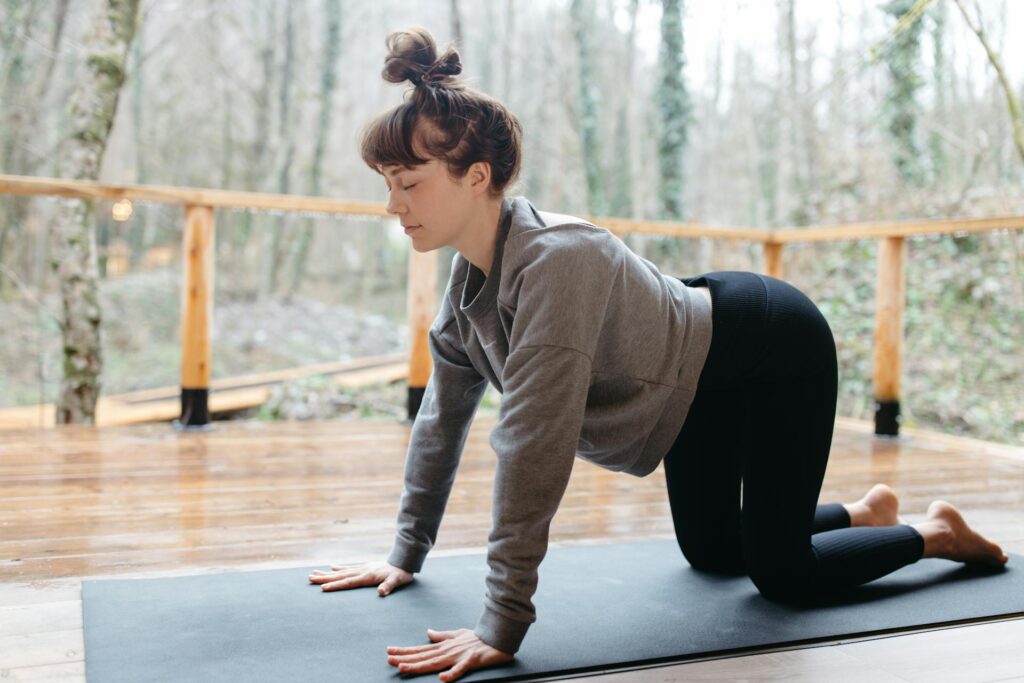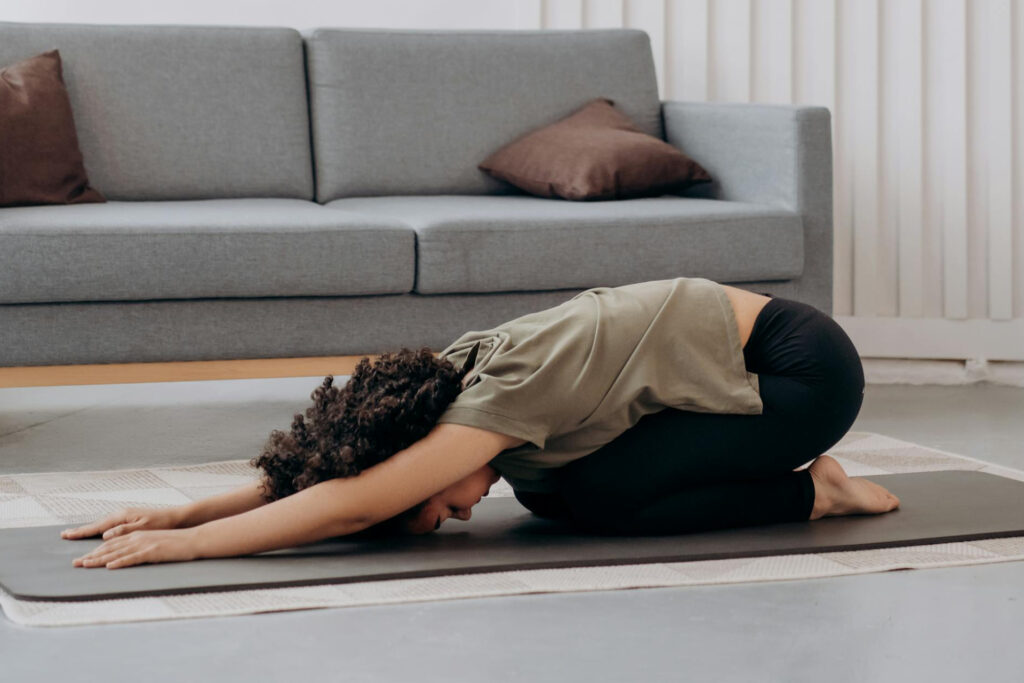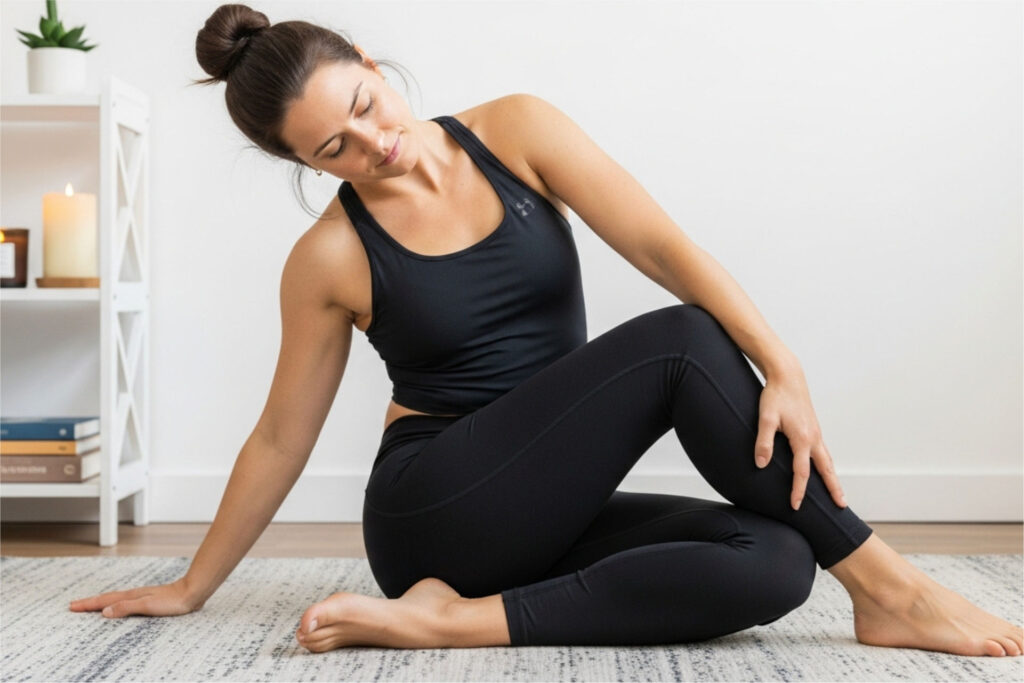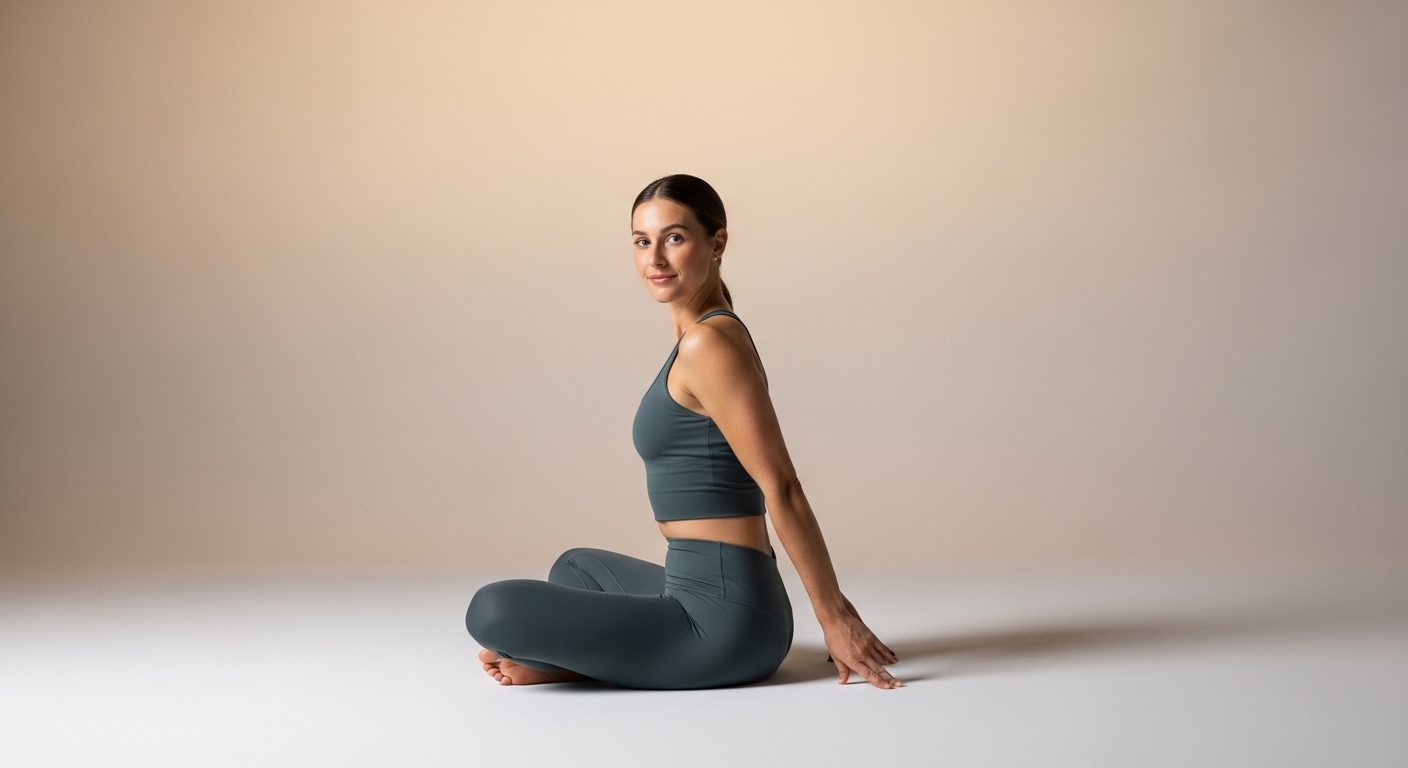Mornings matter more than we think. The way you wake up your body sets the tone for your entire day — mentally, physically, and neurologically. If your first movements involve stiff limbs, creaky joints, or that familiar “ouch” in your lower back, your body may be trying to tell you something.
Let’s explore a better way to start your day: intentional mobility through simple, effective stretches, with chiropractic insight woven in.
1. Why Morning Stretching Matters
Your body isn’t a machine; it’s a finely tuned, adaptive system, governed by your nervous system and influenced by how you move—or don’t move—throughout the day.
After a night of stillness, morning stretching acts like a neurological warm-up. It helps:
- Reboot spinal and joint mobility
- Re-engage dormant muscle groups
- Stimulate proprioception (your sense of body position)
This isn’t just about limber limbs — it’s about setting up your brain and body for better function.
2. The 5 Stretches I Recommend to My Clients
These movements are simple, safe, and effective for most individuals. As always, if you’re experiencing pain or injury, consult your chiropractor or healthcare professional first.
A. Cat-Cow Stretch

- Why it matters: Mobilises the spine and gently activates the spinal cord
- How to do it: On hands and knees, slowly alternate between arching (cow) and rounding (cat) your back. Move with your breath.
B. Child’s Pose with Reach

- Why it matters: Opens up the lower back and stretches through the shoulders and sides
- How to do it: Sit back on your heels, stretch your arms forward, then walk your hands side to side to release tension in the obliques and lats
C. Hip Flexor Stretch

- Why it matters: Counteracts tightness from prolonged sitting, improving pelvic alignment
- How to do it: Step one leg forward into a lunge. Keep the back knee down. Gently push the hips forward while maintaining an upright posture
D. Neck Glide and Roll

- Why it matters: Mobilises the cervical spine and improves postural awareness
- How to do it: Glide your neck forward and back like a chicken peck, then gently roll half-circles from ear to shoulder. No force, only gentle flow.
E. Standing Forward Fold (With Soft Knees)

- Why it matters: Decompresses the spine and lengthens the posterior chain
- How to do it: With soft knees, hinge forward and let your arms and head dangle. Feel gravity do the work.
3. The Neurological Angle: Why Chiropractors Care
Stretching doesn’t just loosen tight muscles — it stimulates the nervous system. Every time you move intentionally, you activate proprioceptors in your joints and muscles — nerve endings that feed the brain vital information.
As chiropractors, we work with more than joints — we work with your nervous system. Daily mobility enhances that connection and prepares your body for movement efficiency, alignment, and postural control.
4. Make It a Routine
This full-body mobility circuit only takes 7–10 minutes. Set your alarm 10 minutes earlier. Keep a mat or towel by your bed.
Small choices compound, and your spine will thank you for it.
Conclusion:
If you want a mobile, resilient body, consistency is key. These five stretches are a great way to start — and when paired with chiropractic care, their benefits multiply.
Still feeling stiff even after stretching? That could be a sign of joint restriction or neurological interference. Book a visit, and let’s explore how to restore full function.




